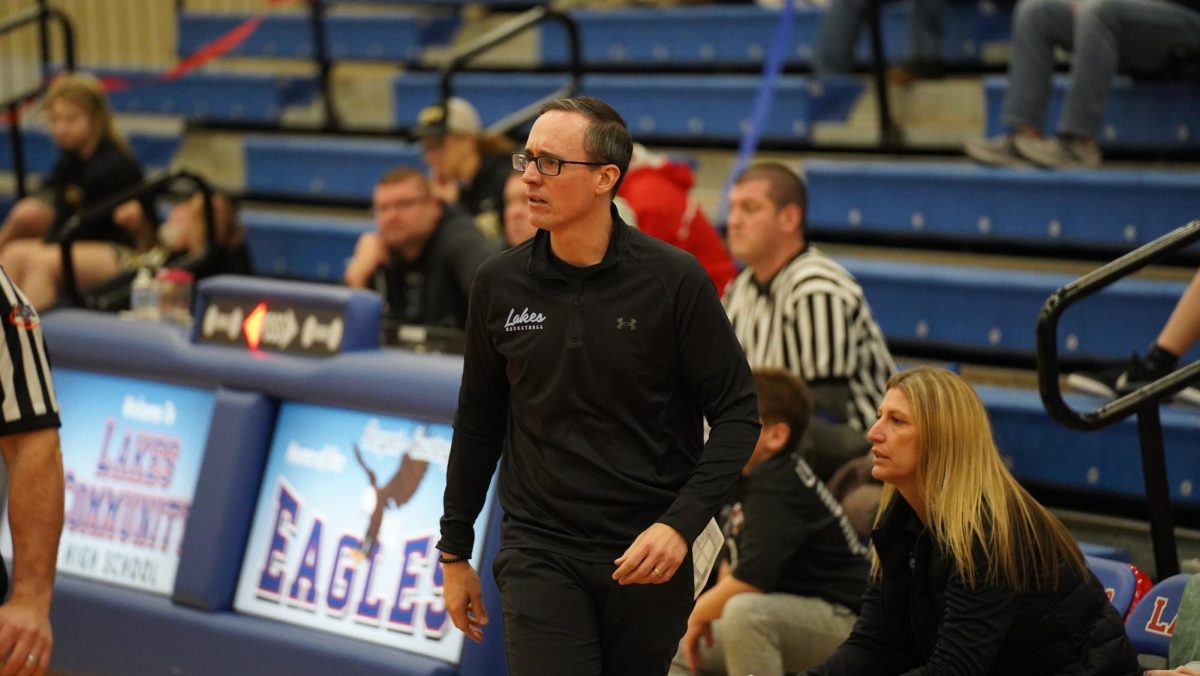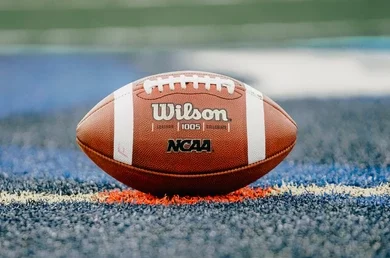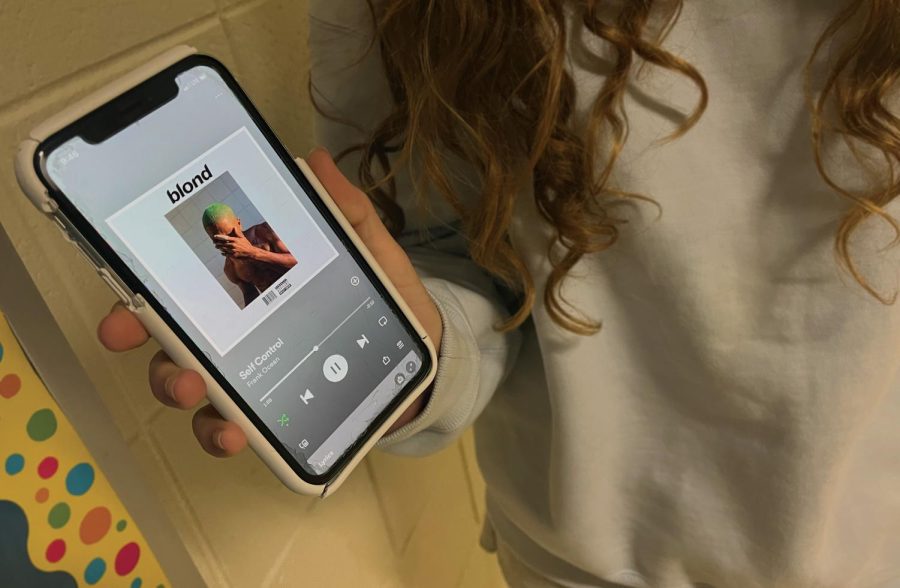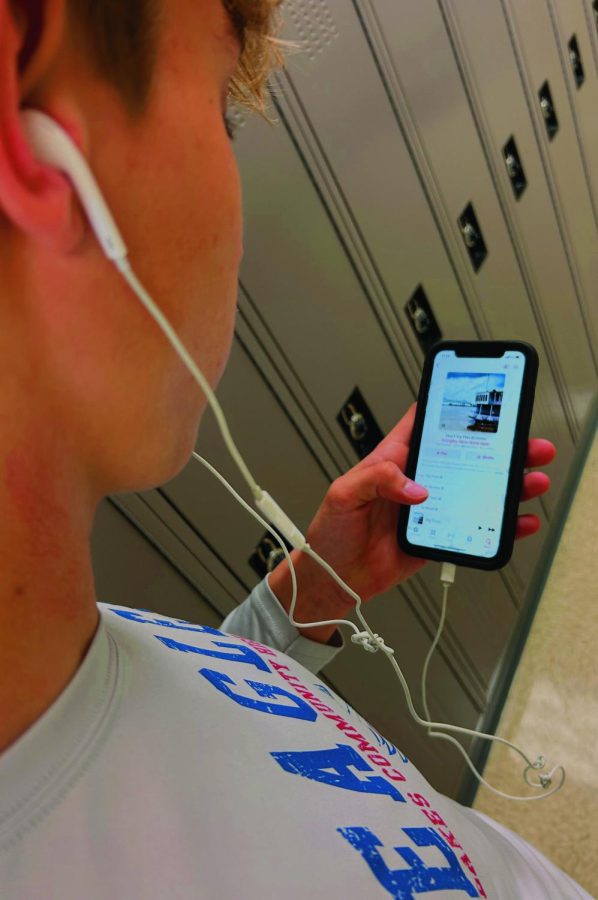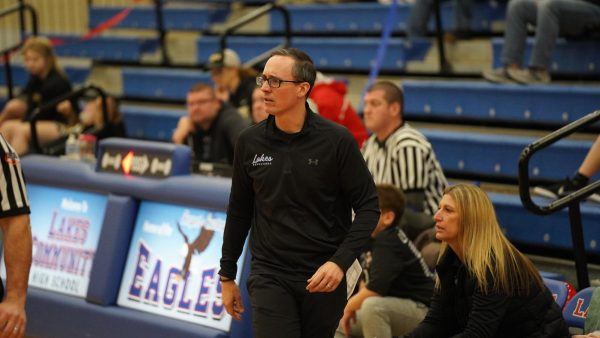Tipping off Tipping Culture
You find yourself getting a nice cup of coffee, and as you finish your order, you take out your card and the tablet is right in front of you. It reads your total, and the worst of all, tipping options. “Do you want to tip 20%?” It reads on your eight dollar Starbucks coffee. “I mean do I need to tip? They just made it in thirty seconds, so I’m going to click no tip.” As you click no tip the cashier stares at you for just a second too long, with a faux happiness on their face. You look into their eyes and although their outside presents customer service at its finest, their soul harbors nothing but contempt.
When did all of this tipping culture start? And why is it so prevalent in our drive through and coffee drinking adventures? Tipping in America started during the Reconstruction Era America, after wealthy citizens had traveled to Europe and saw that the Aristocracy would tip for good service. In order to make themselves seem more posh and upper class, they brought this part of their culture back to the US and began using it. The lower class people of America saw how the Upper Class would tip, and in order to act above their grade, would then begin to tip in restaurants they frequented.
This new trend of tipping continues today, and although it is no longer upper class it still exists and is a big part of our culture. Big businesses saw the tendency to tip when prompted from Americans so great, that they could supplement the wages they were paying. This brings the low earnings that the employees earn, to make it seem like it was their fault instead of the insultingly low wages the companies were paying them. This has seeped into every aspect of our food service industries and now everyone is accepting tips, to supplement low wages.
We can only ask for wage reform, but we must keep tipping. People depend on these tips to survive, and if they don’t get these, we could add to the homelessness statistic unnecessarily.


